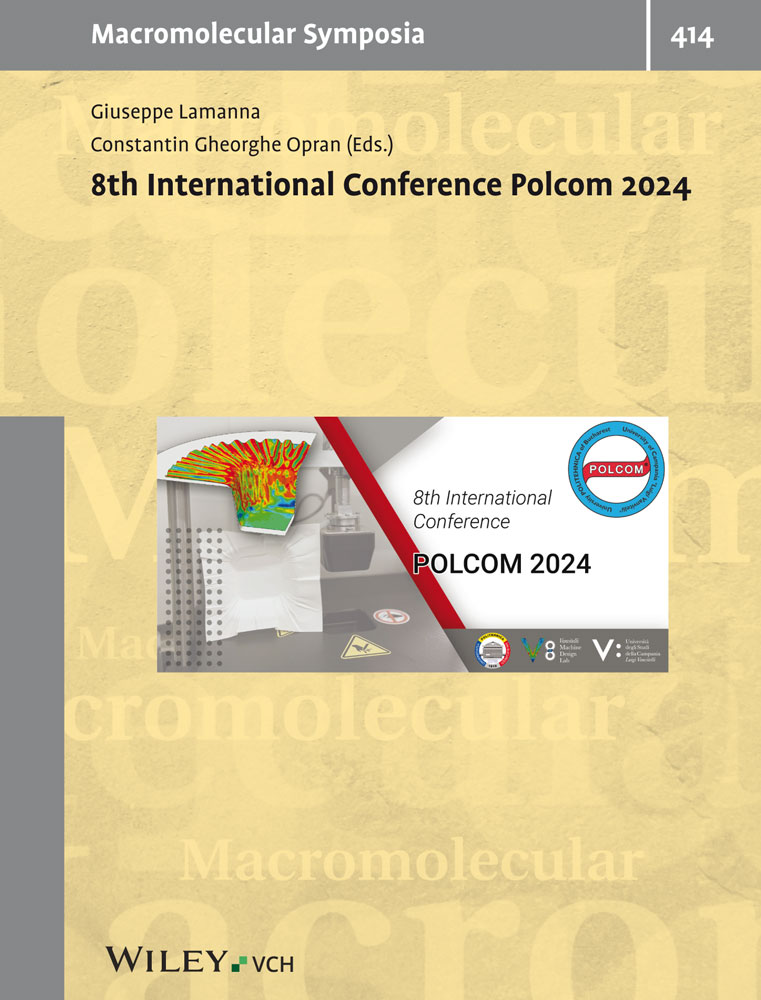Phase behavior and anisotropic optical properties of photoluminescent polarizers
Abstract
The phase behavior and anisotropic optical properties of tensile deformed blends of a photoluminescent polymer guest in an ultra-high molecular weight polyethylene matrix were studied on the level of single molecules by means of scanning confocal optical microscopy. It is shown that upon tensile deformation of the blends, the system transforms from a phase-separated system into a quasi-molecular solid solution. The influence of this phase transition on the anisotropic optical properties of oriented blend films was also investigated with polarized steady-state photoluminescence spectroscopy. We show that well-dissolved guest molecules tend to reach higher degrees of orientation at lower draw ratios of the blend films compared to guests that phase-separate from the matrix polymer. Dichroic ratios in emission in the range of 50 were observed in optimized blend films based on photoluminescent oligomers and linear low density polyethylene.




